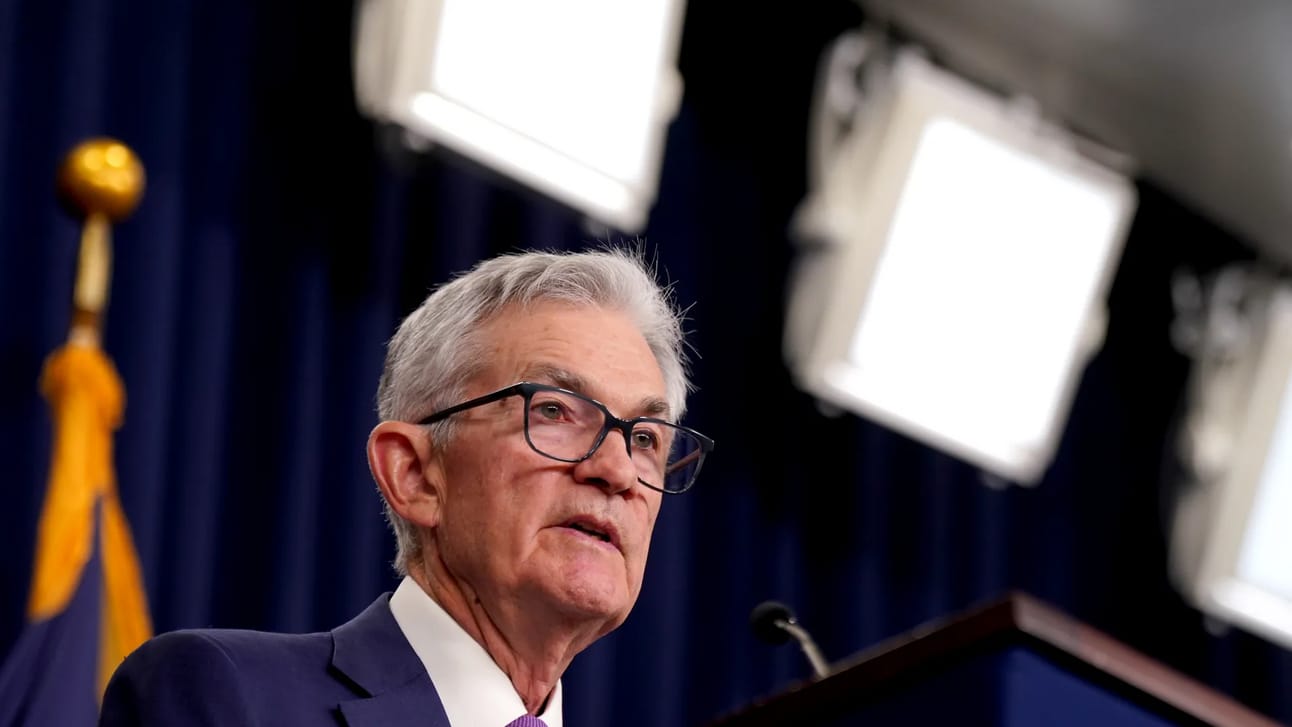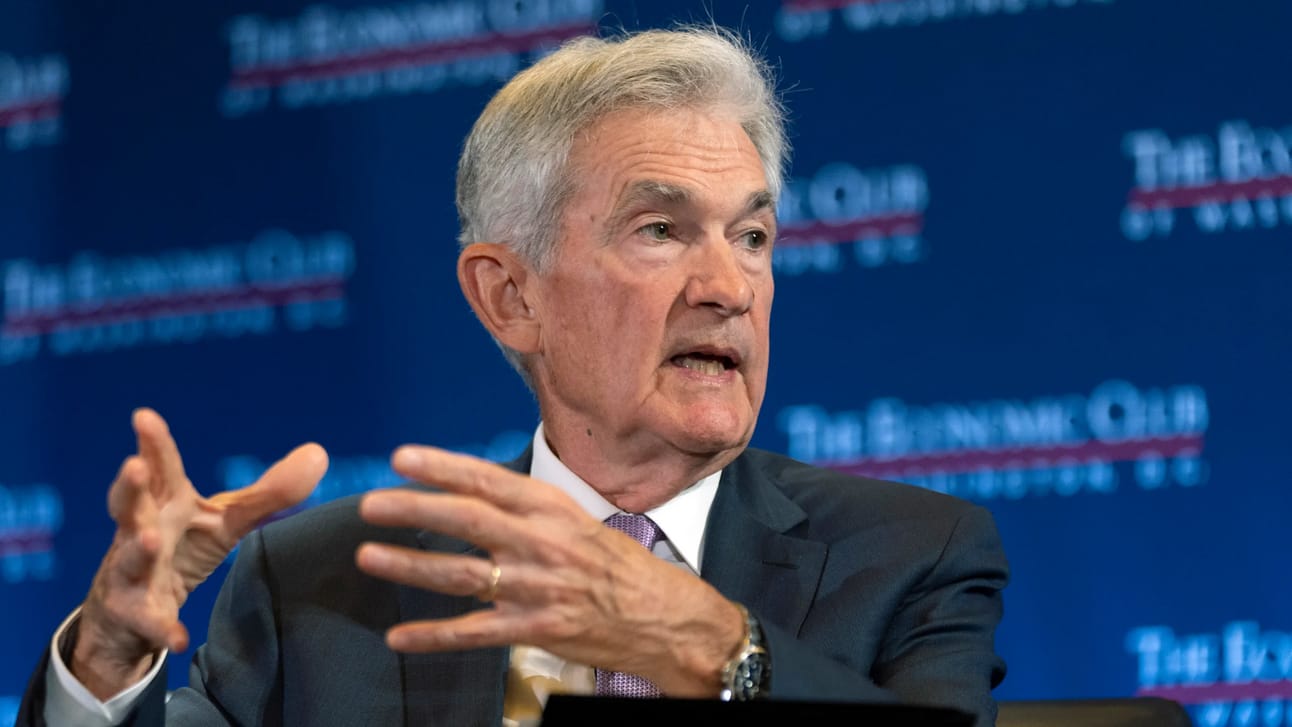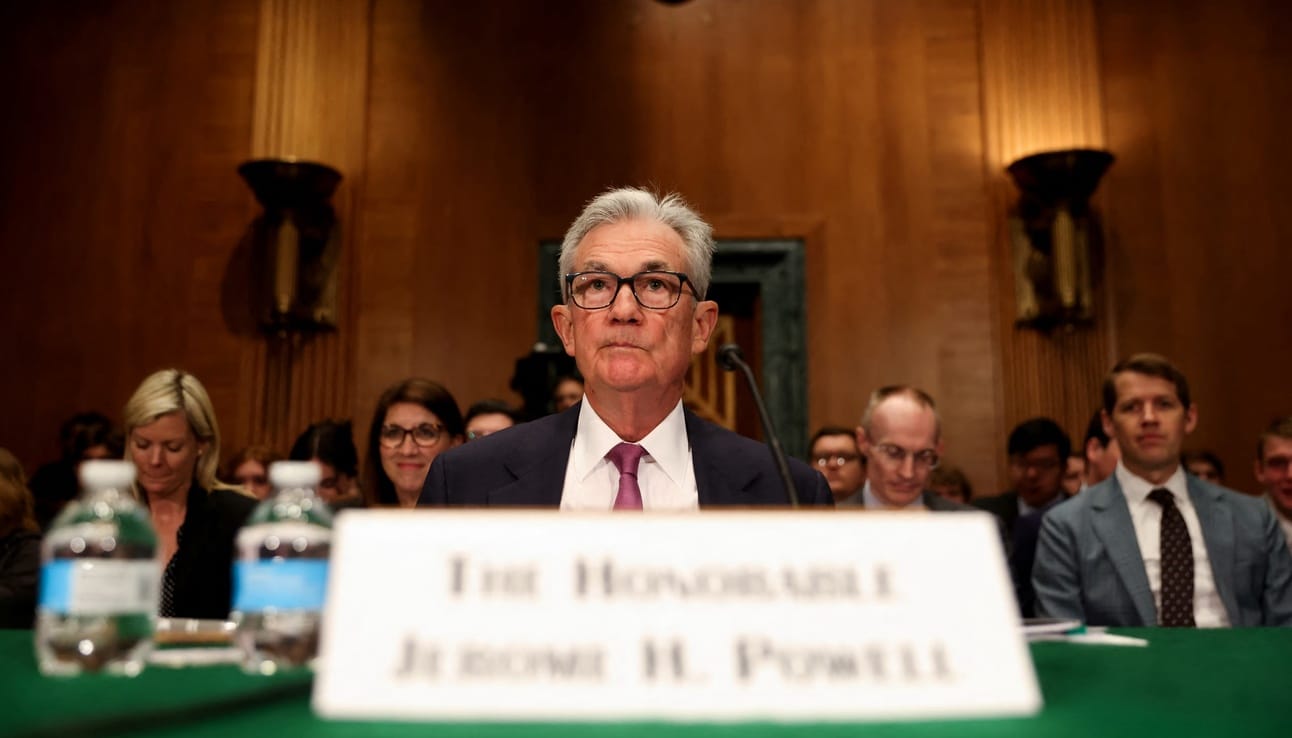- Investor Briefcase
- Posts
- The Man Controlling America’s Economy
The Man Controlling America’s Economy
How Jerome Powell gained the most powerful economic position in the US
Jerome Powell took over the Federal Reserve in 2017 with expectations of stability. Instead, he faced a market crash, the worst inflation in decades, and a banking crisis that shook Wall Street. Now, as inflation cools, the toughest decisions still lie ahead.

This week, we explore Powell’s rise, the economic challenges he faced, and the impact of his decisions:
💼 From Wall Street to Washington
💥 Crisis at the Federal Reserve
📈 Keeping the economy in check
— Investor Briefcase Team



Jerome Powell was never supposed to run the Federal Reserve. Unlike his predecessors, he is not an economist. He did not spend his career crafting academic theories or modeling inflation trends. Instead, Powell’s background is in law and investment banking, making his rise to the most powerful economic position in the world an unlikely one.
"It's a break from tradition to have a non-economist running the Federal Reserve."
Born in Washington, D.C., Powell earned a degree in politics from Princeton before attending Georgetown Law. He briefly worked as an attorney before shifting to finance, landing a role at investment bank Dillon, Read & Co. before becoming a partner at private equity giant The Carlyle Group. His career on Wall Street gave him firsthand experience with financial markets, corporate debt, and risk management—knowledge that would later prove valuable when leading the Fed through economic turmoil.
Powell entered public service in 2012 when President Barack Obama appointed him to the Federal Reserve Board. A Republican and a pragmatic policymaker, he gained bipartisan support and was later nominated as Fed Chair by President Donald Trump in 2017.
“I am confident that Jay has the wisdom and leadership to guide our economy through any challenges.”


Powell took over the Federal Reserve in 2018 at a time of economic strength. Markets were soaring, unemployment was at historic lows, and the economy was expanding. Then, in early 2020, everything changed.

The COVID-19 pandemic triggered the fastest market collapse in history, pushing businesses to the brink and sending unemployment skyrocketing. Powell and the Fed responded with a series of unprecedented measures, slashing interest rates to near zero and pumping trillions of dollars into financial markets to prevent a complete economic meltdown.
“The Federal Reserve will use its tools to support the economy for as long as it takes to ensure a strong recovery.”
The rapid intervention worked. Stock markets rebounded, businesses survived, and employment returned faster than many had expected. But by 2022, the side effects of aggressive stimulus became clear. Inflation surged to its highest level in 40 years, forcing Powell to make another critical pivot.

Sponsored by AI Capital News
Smart Investors Are Betting On A.I. Stocks—Are You?
Experts say Trump’s $500B A.I. investment plan could transform the industry.
Meanwhile, a small but ambitious A.I. healthcare company just went public after eight years of innovation, securing $18M in funding and partnering with industry giants.
With a $120M market cap and shares still under $2, this stock may not stay cheap for long.



With inflation spiraling, Powell led one of the most aggressive interest rate hikes in modern history. The Fed raised rates at a pace not seen since the 1980s, sending shockwaves through markets and causing turmoil in the banking sector.
Trump slammed the rate hikes as a threat to the economy, branding Powell an "enemy" and even comparing him to China’s President Xi. Despite the criticism, Powell remained firm, asserting the Fed’s independence by prioritizing inflation control over political pressure.
Despite fears of a recession, Powell remained committed to controlling inflation, arguing that price stability was critical for long-term economic health. The strategy worked—by late 2023, inflation had eased, and markets began speculating on when the Fed would pivot toward rate cuts.
“We are prepared to raise rates further if appropriate, and we intend to hold policy at a restrictive level until we are confident that inflation is declining.”
Today, Powell faces a new set of challenges. The U.S. economy has recovered, but uncertainty looms over global markets, government debt, and the next phase of monetary policy. Some argue that rates should be cut to support growth, while others warn that easing too soon could reignite inflation.

More Stories
Other Notable Central Bankers
> Ben Bernanke: Former Chairman of the Federal Reserve (2006–2014). Bernanke played a key role in navigating the 2008 financial crisis, implementing aggressive monetary policies, including quantitative easing, to stabilize markets.
> Mario Draghi: Former President of the European Central Bank (2011–2019). Known for his famous “whatever it takes” pledge during the Eurozone crisis, Draghi’s leadership helped preserve the euro and restore financial stability.
> Christine Lagarde: President of the European Central Bank since 2019 and former Managing Director of the IMF. Lagarde focuses on integrating climate and digital transformation into monetary policy while navigating inflationary pressures.
> Alan Greenspan: Chairman of the Federal Reserve (1987–2006). Greenspan led the Fed through multiple economic cycles, promoting deregulation and maintaining a strong emphasis on low inflation and market stability.
> Andrew Bailey: Governor of the Bank of England since 2020. Bailey has overseen the central bank’s response to inflation and economic challenges following Brexit and the COVID-19 pandemic.

Each week we profile the most notorious investment stories.
Got an idea for a story? Email us at [email protected]

